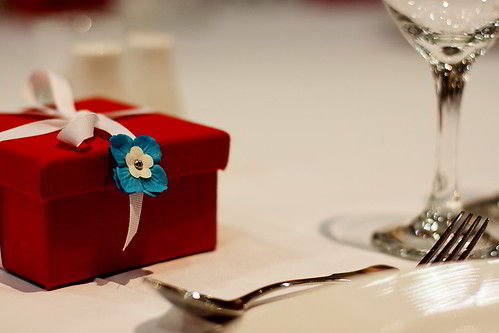Yarn is primarily what makes a knit fabric. You’ve probably seen a lot of knit clothing and noticed that they vary in terms of volume, size, and weight. Well, that is because there are different yarn thicknesses. It is called yarn weight.
Source: Sheep and Stitch
So, in order to make you fully understand the yarn weight chart, we’ve created this article. You will know which yarn is best used for a particular type of fabric, which yarn is easier to work with, how each type looks like and all other related stuff. This will help you in selecting the right yarn for your current project. You wouldn’t just choose based on the color and fanciness of the yarn, but now, you would want to consider its thickness or weight.
Some are bulky and broad, others are fine and thin, and the rest are in-between. Without further ado, let’s get started!
Lace
Lace is the finest, lightest, and thinnest type of yarn. It is typically used for shawls, mats or doilies, scarves, and for formal wear such as gowns, blouses, long sleeves, etc. The open effect in knitting is mostly popular with the use of lace. Larger needle size is used in order to achieve this technique.
Super Fine
Super fine yarn is also known as baby-weight or fingering yarn. It is commonly used for baby items as it is lightweight. This type of yarn is ideally used for details and small, delicate pieces. Sock patterns, shawls, mittens, hats, and other accessories are some of the main products produced with it. Sweaters can also be made with it, and though it might take some time before finishing it, it can be a very rewarding project!
Fine
Fine yarn is identified as sport-weight yarn. It’s still qualified for baby weight too. You will see this mostly in almost anything as it is versatile: socks, heirloom sweaters, hats, cardigans, wraps, and other accessories. Lightweight afghans or woolen blankets also utilize this type of yarn thickness.
Light
Light worsted or double-knitting yarns are considered light yarns. Its thickness is exactly in between fine and medium yarns. Slightly, it is thicker than fine yarn, and a bit thinner than medium yarn. Light yarns are typically used for heavier garments and baby items. An Addi knitting machine handles this yarn weight to produce scarves, socks, mittens, gloves, cozies, beanies, hats, etc.
Medium
Medium weight yarn is ideal for making afghans. Its most popular example would be the worsted weight yarn. It is widely used for a lot of projects because of its appropriate thickness level. Its mass is times two of the double-knitting or DK yarn and sport yarn.
Bulky
Chunky, craft and rug yarns belong to this category. Bulky yarns are measured twice of the worsted yarns in terms of thickness. They’re known for nice and quick knitting. The famous Cowichan sweater is often knit using bulky yarns. It provides warmth for the people who wear it. Warm blankets, scarves, rugs, and hats can all be made up of this type of yarn weight.
Super Bulky
Using super bulky yarns will make you finish your knitting in a short amount of time. With 6-11 stitches going 4 inches, a hat can be knit not as long as knitting in lace yarn, of course. Cowls, hats, and scarves are the main items that can be produced with it, but I bet you can create your own knitted blanket (using a super bulky yarn) if you want to! Roving is also classified in this type.
If you’re interested in trying this out at home, check out some super bulky yarn knitting patterns that can be downloaded for free!
Jumbo (addendum)
Basically, the yarn weight chart would only involve lace to super bulky yarns, but in addition to that, here’s jumbo! It is considered as the thickest of all yarn weights, added only last 2014. Jumbo yarns became readily available in the market and are ideal for arm knitting. It also works up very quickly due to its thickness.
Determining The Yarn Weight
Don’t worry too much about determining an item’s yarn weight! Most manufacturers use the yarn standards ranking system, and they print the number and weight of the yarn on the product label. Others do not, but they include a gauge statement on the label as well.
Conclusion
Now that you have learned the 7 weights of yarn according to the standard yarn weight chart, you will have better decisions and judgments in terms of picking the right yarn for a specific project. You can also examine the yarn used for the different garments, fabrics, and other knit products that you will see in stores and in the market. This will help you big time in your knitting journey. One step at a time! Good luck and enjoy the process!




Recent Comments